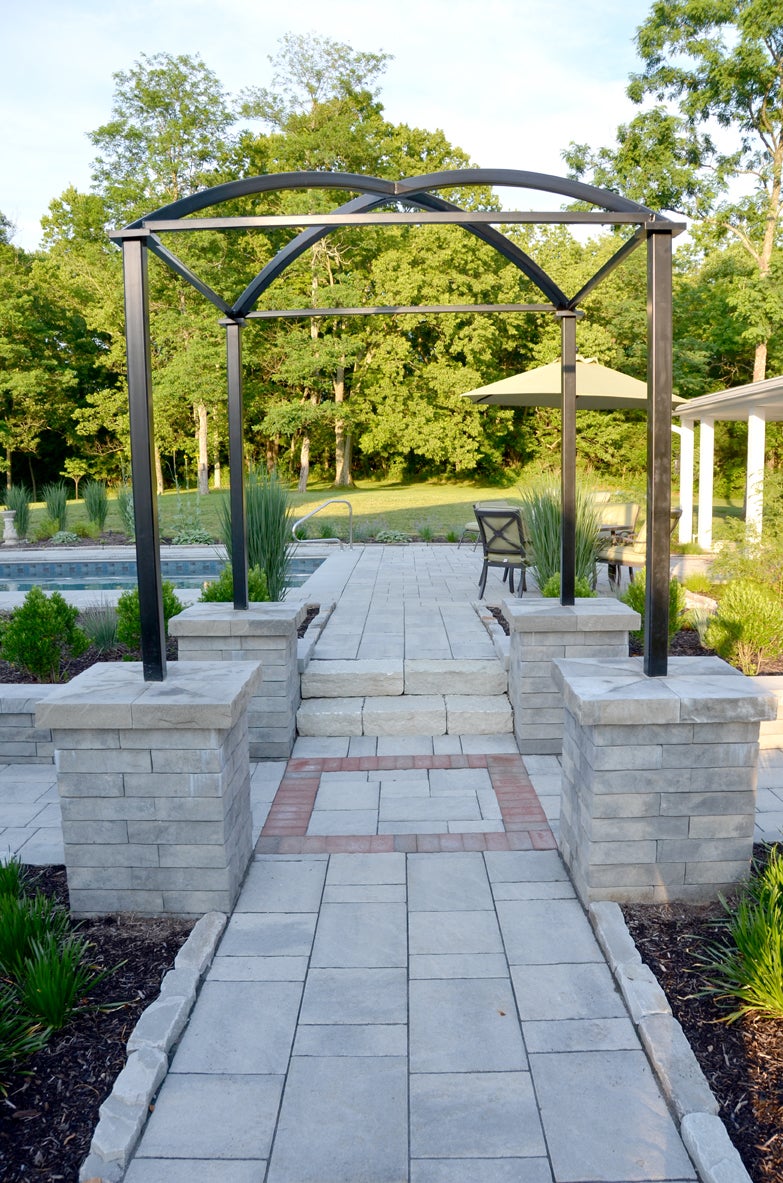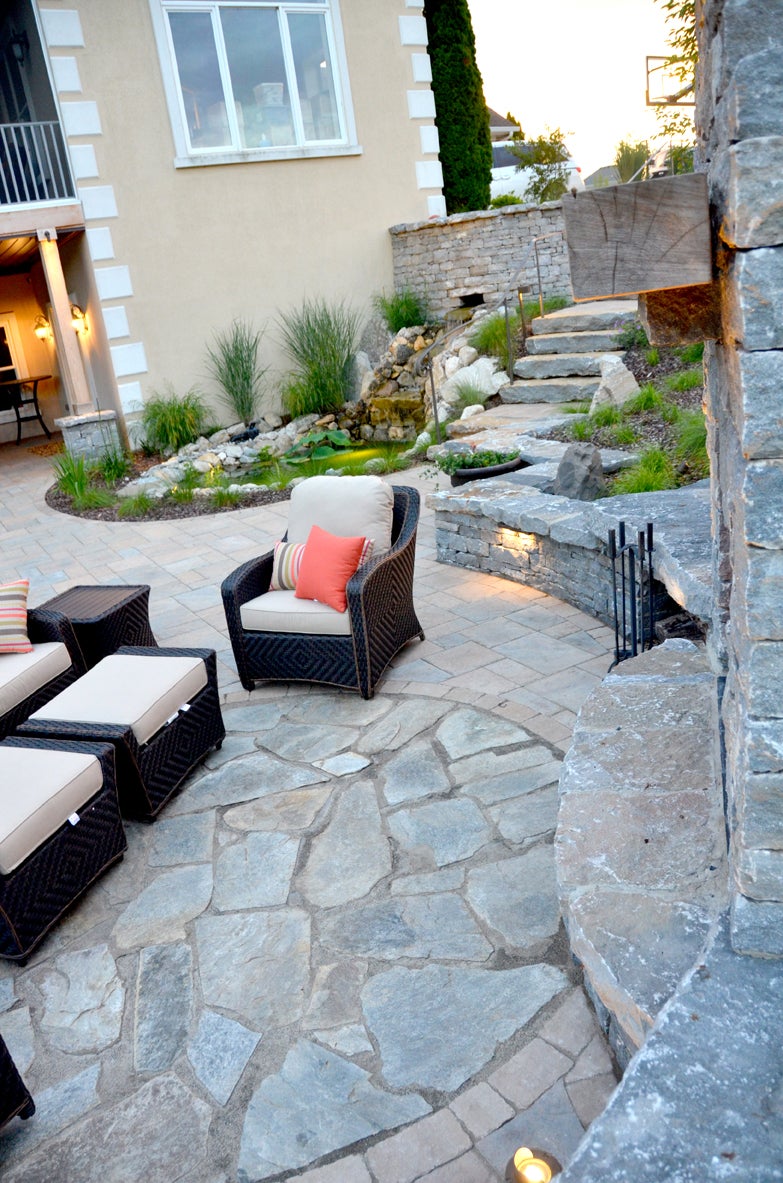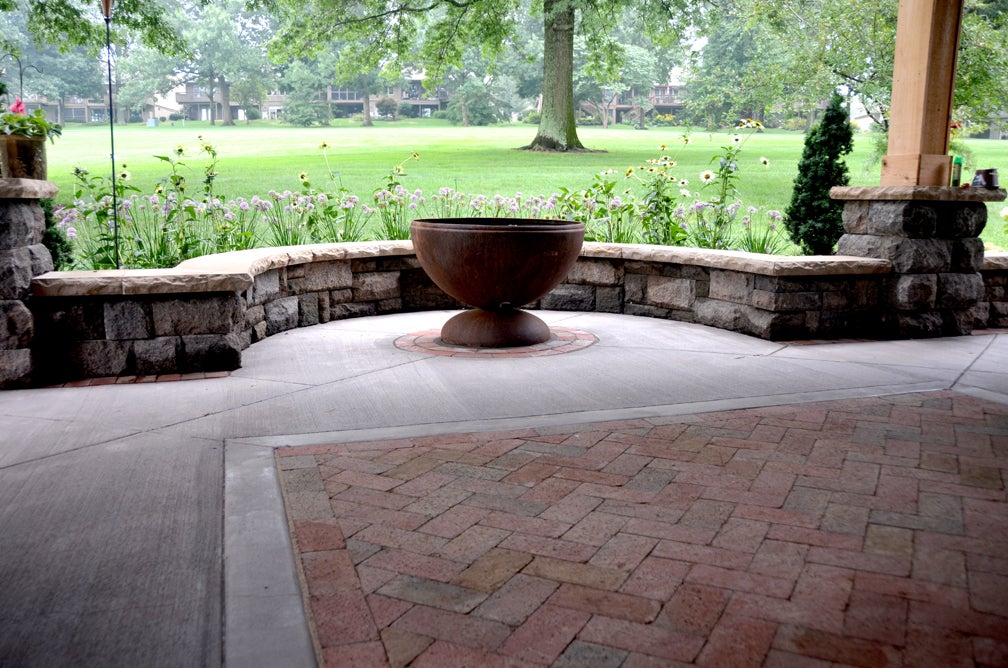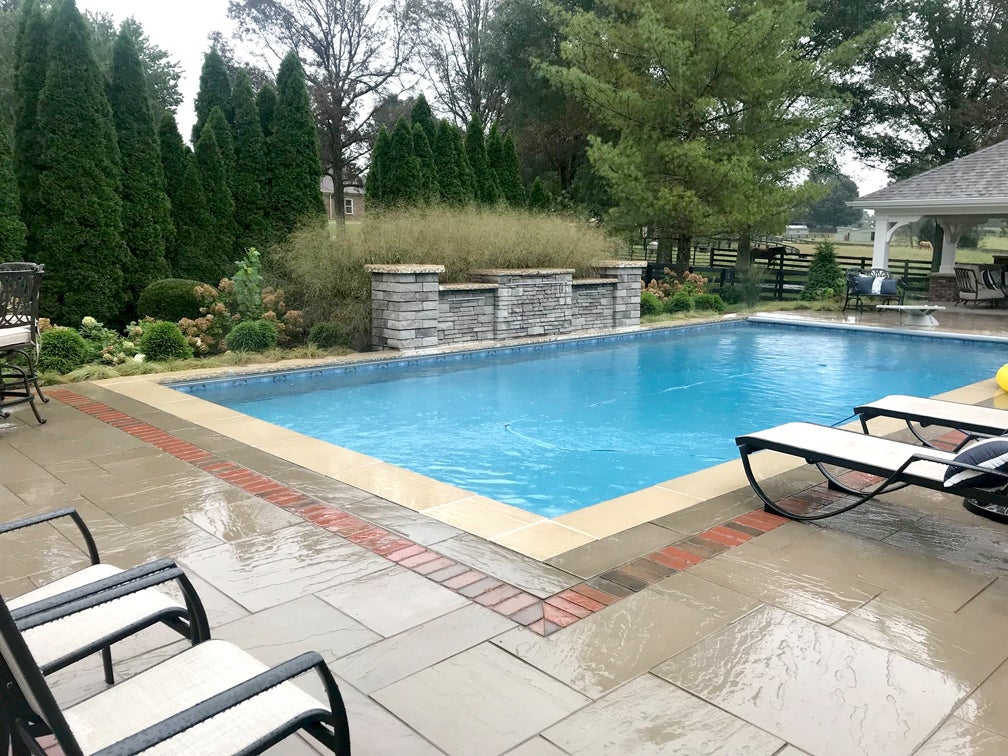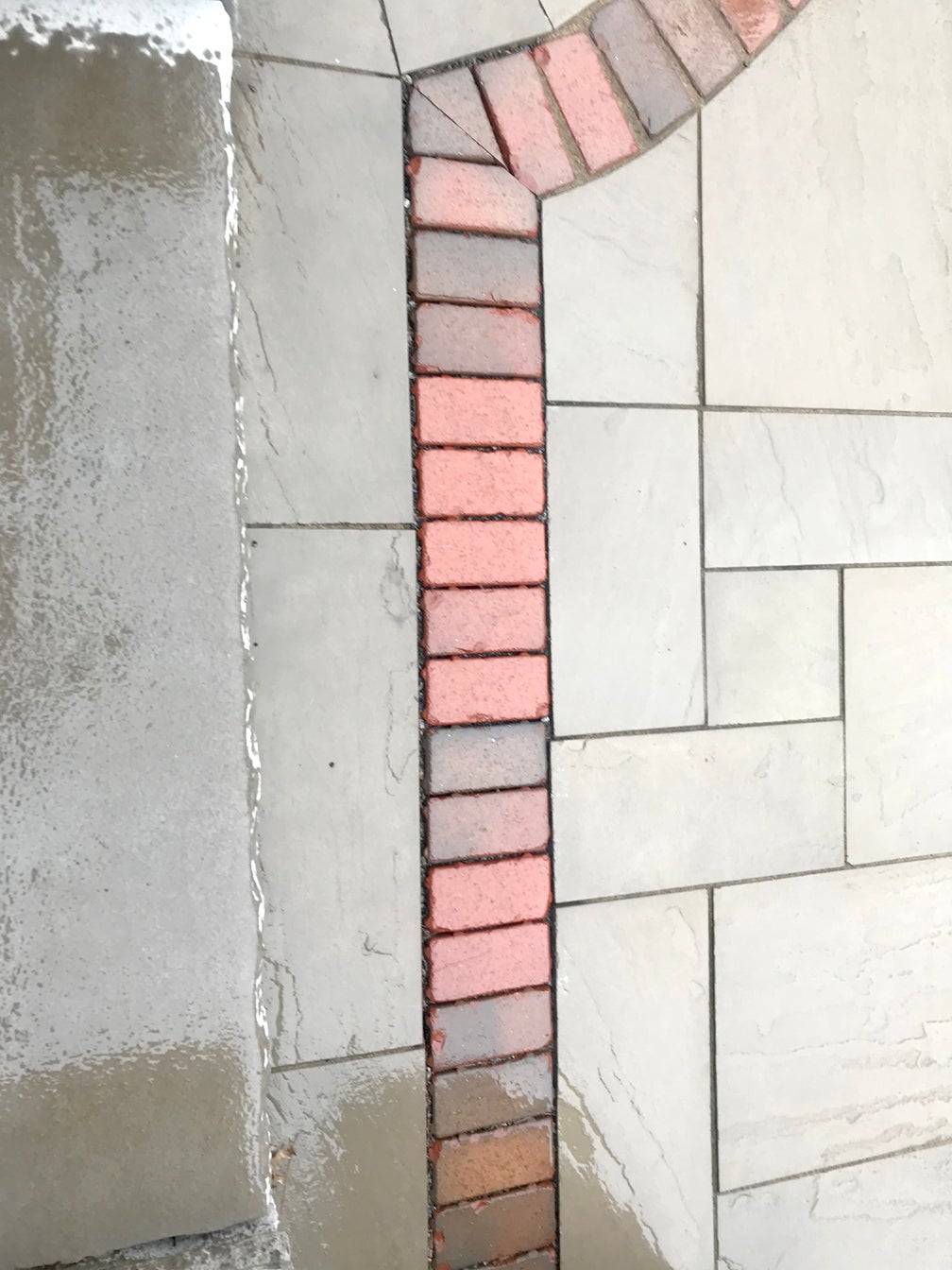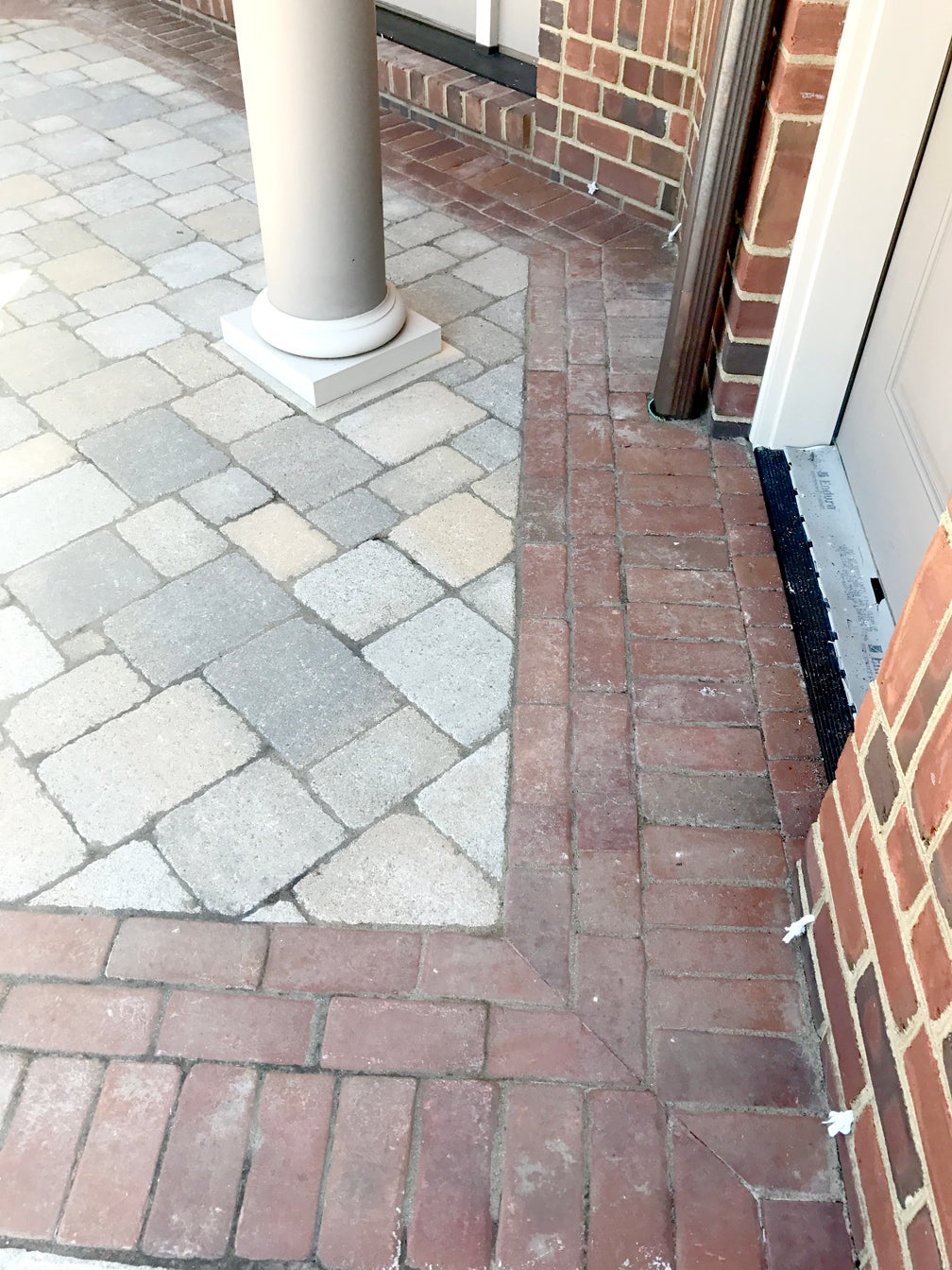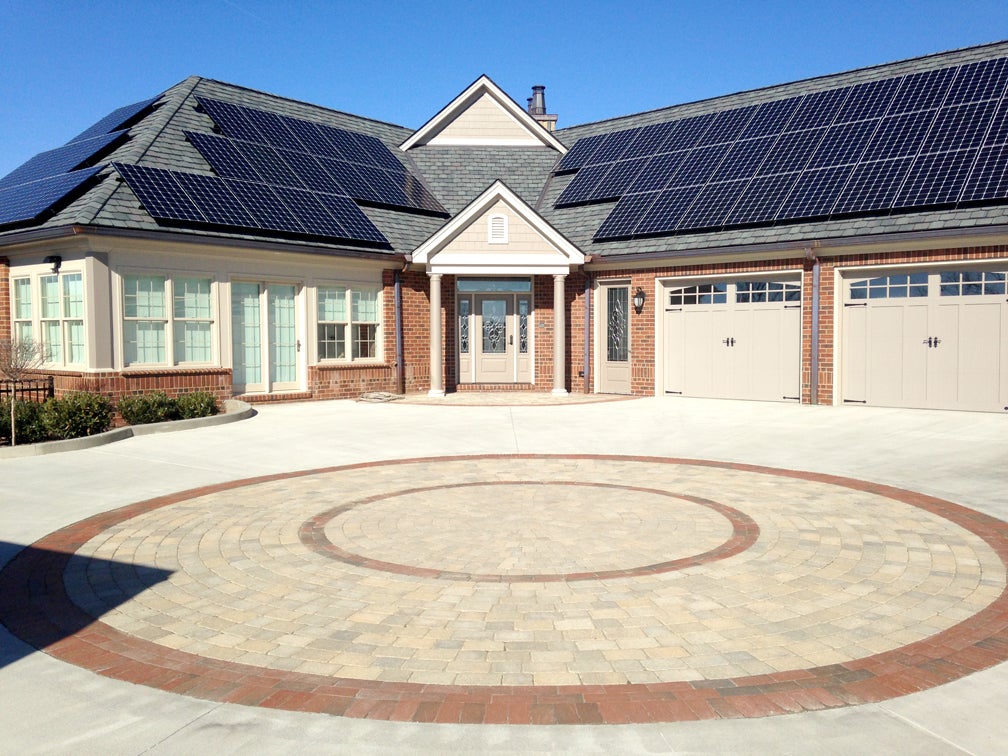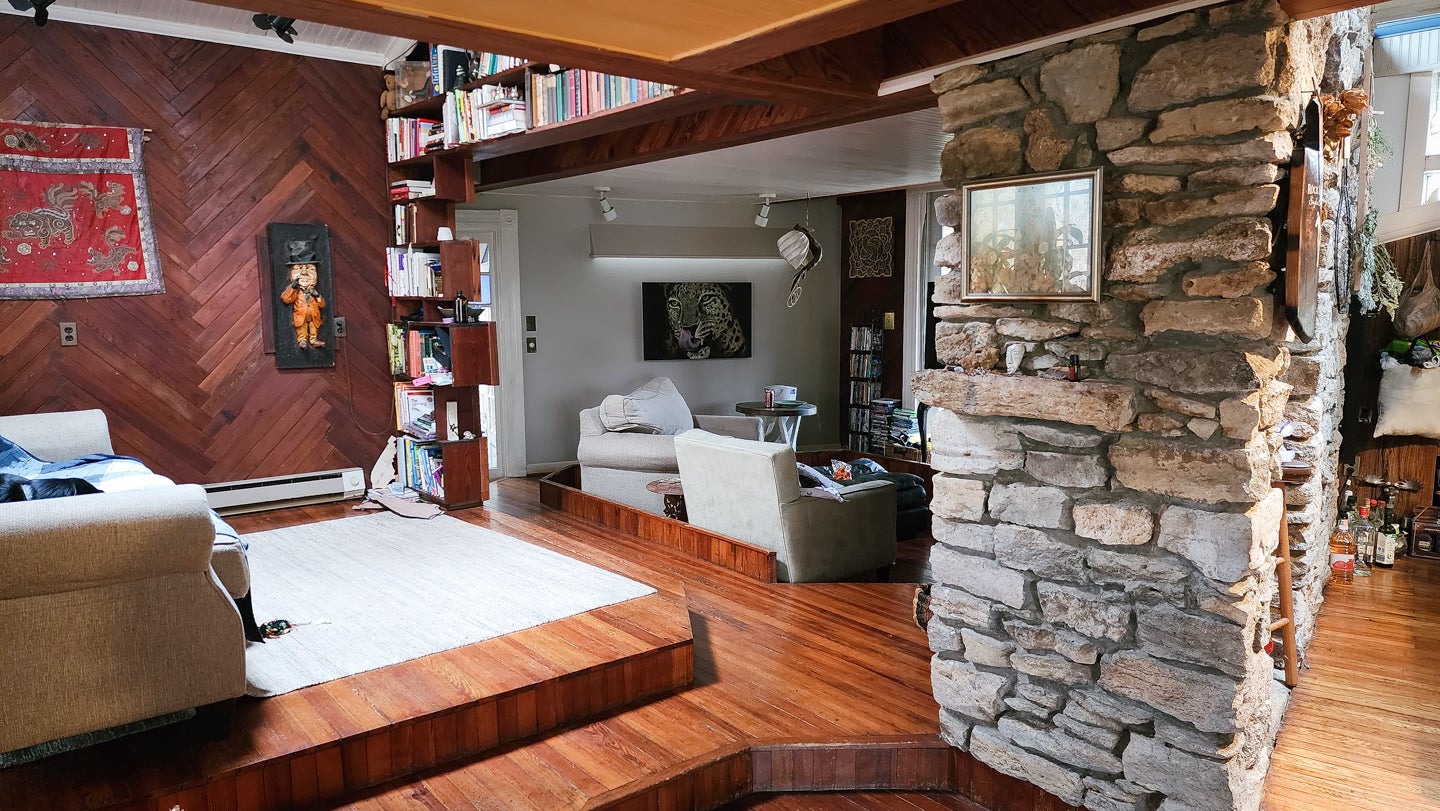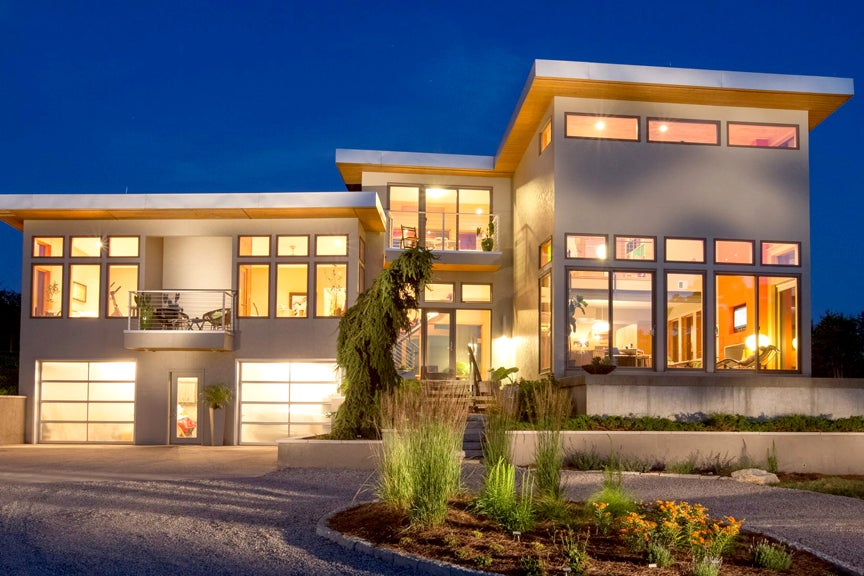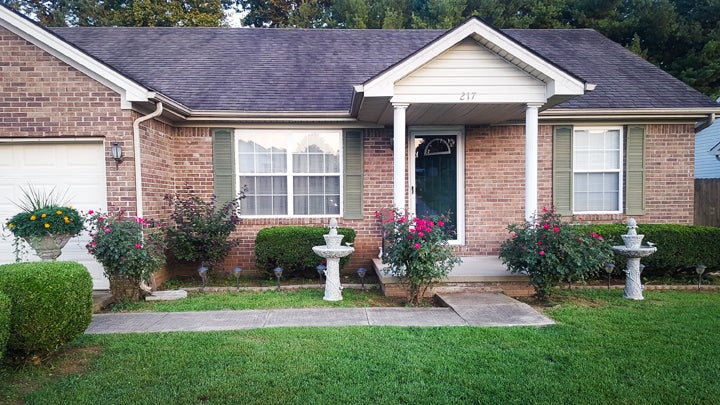Pavers, brick and stone can add an inviting entrance or appealing entertaining space, creating more usable square footage and value to your home.
There are many materials to choose from that include clay brick pavers, concrete pavers, slab pavers, flagstone pavers, natural stone flagstone, natural stone pavers, cobblestone, pea gravel or other decorative gravel. Quality pavers such as Belgard or Techo Bloc will be beautiful, durable and crack resistant.
The large range of shapes, sizes and finishes for all of those pavement options can be used on curved or angular designs. Create a modern entrance or a cozy, natural backyard getaway — the possibilities are endless.
Here are a few pointers for sorting through the options:
- Hire a certified designer and ICPI certified installer (all paver installers should be ICPI certified — reasons why and proper installation techniques will be printed in the “Part II” edition coming up in FRANK. magazine.)
- Determine the area you are working in, its existing materials and then think about how new material color, texture, style and laying pattern that will complement the area.
- When laying pavers, always have a sailor or soldier course (a border course).
- Mix it up — varying textures, colors and material types can work very well together and add interest. Usually a maximum of three different materials is ideal.
- Study the drainage of the site and know the slope needed for the pavement you are having installed (your certified professional will know what slope is needed).
- Thickness of the paver matters — 2 3/8 inch thick is a minimum thickness on pavers for pedestrian use, unless laid on a concrete base.
- Consider permeable pavement (see next month’s article for more on those options).
- Set a reasonable budget — pavers, bricks and stone are laid one-by-one by hand and require equipment, specialty finishes and more — they cost far more than concrete or gravel, especially if professionally and correctly installed.
- Finish it off with a border — natural stone curbing adds a distinctive finish to any paver walkway or patio.
- Plan for maintenance — like any home project pavers and stone need maintenance, but should be less than asphalt or concrete.
- Always add landscaping to soften the edges of your hardscape project.
Andrea Wilson Mueller is a native Frankfortian and graduate of the University Of Kentucky College Of Design with a Bachelors of Arts in Design. She was raised in the horticulture industry by her dad and is the first and only APLD certified landscape designer in the state of Kentucky. She specializes in residential and commercial outdoor spaces of all sizes and styles with an ecological focus. Find out more at www.insideout-design.org.

